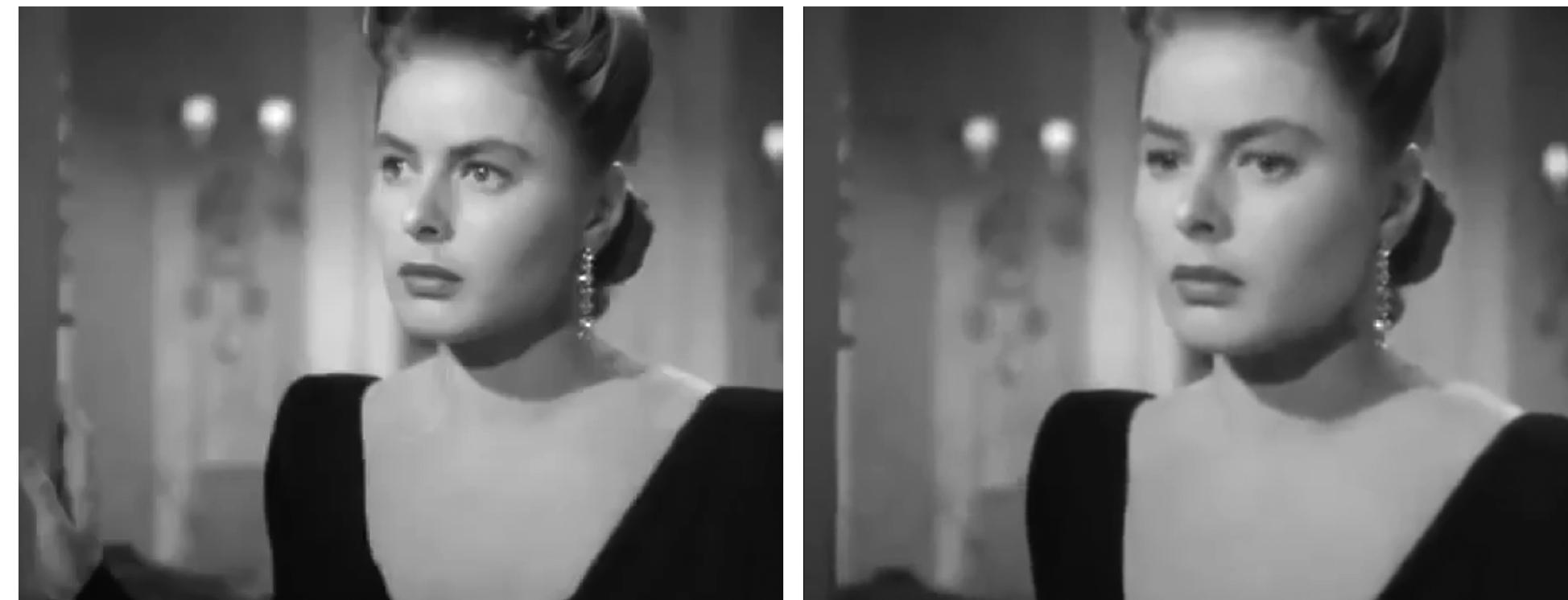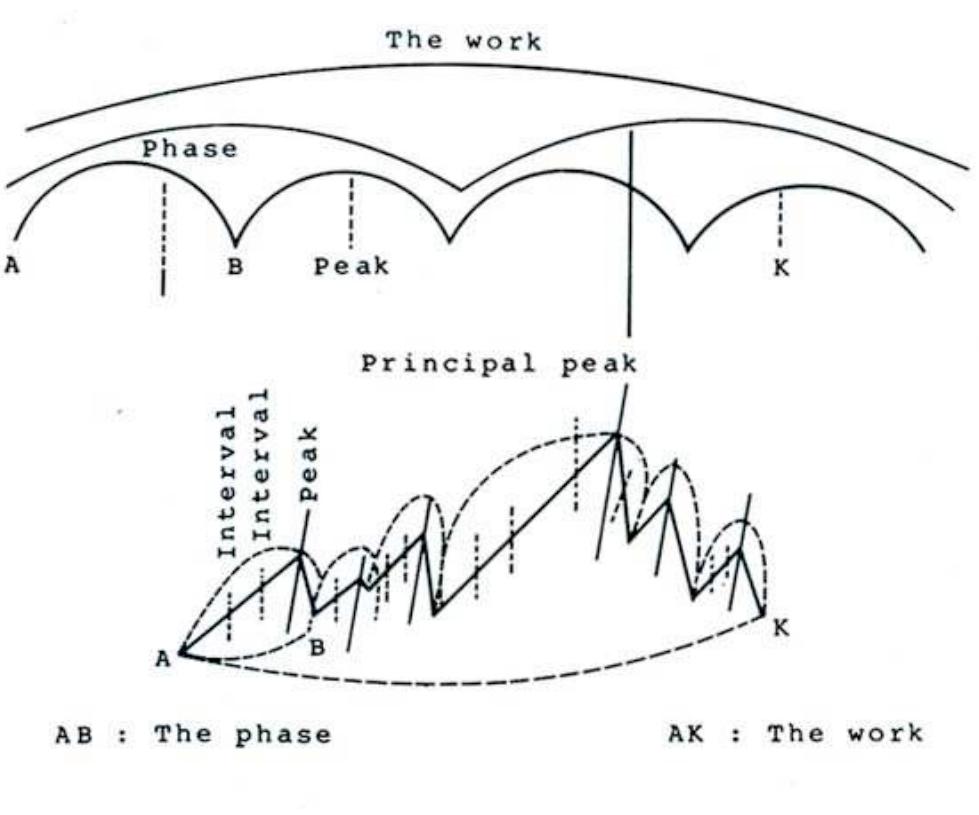Esta tesis doctoral atiende al montaje cinematografico, una disciplina que recibe poca atencion de los estudios sobre cine. Es una labor invisible al espectador, pero que reescribe la historia, modela a los personajes y, ante todo, dirige...
moreEsta tesis doctoral atiende al montaje cinematografico, una disciplina que recibe poca atencion de los estudios sobre cine. Es una labor invisible al espectador, pero que reescribe la historia, modela a los personajes y, ante todo, dirige la atencion del publico, sus emociones y vision ideologica durante una pelicula. El montaje no debe ser invisible para los estudios academicos, mas focalizados en el estudio de las tecnicas del guion o la direccion.Aqui se presenta una via de analisis cualitativo que permite acceder a las claves del diseno del montaje del cine mainstream contemporaneo de Hollywood y a sus pretensiones. Va mas alla de definir su estilo en terminos generales mediante un proceso cuantitativo o su funcion narrativa. Esta investigacion atiende a las estrategias especificas del montador (la seleccion, el corte, la estructura y el ritmo) y a su mision poetica o significante.Muestra su utilidad cientifica mediante el analisis de dos peliculas: Salvar al soldado Ryan (Steven Spielberg, 1998) y Black Hawk derribado (Ridley Scott, 2001). Atiende al caso particular del ciclo belico contemporaneo porque sus estrategias de montaje buscan equiparar la experiencia del espectador a la de unos personajes que se encuentran en una situacion critica, para que, a partir del compromiso emocional y moral con ellos, el publico se haga participe de la vision que ofrece el film sobre su tema fundamental, en este caso la guerra. Analiza las peliculas desde la hipotesis de que, para lograr ese efecto sobre el espectador, la enunciacion del cine contemporaneo norteamericano de espectaculo, en el que se inscribe el genero belico, ha incorporado a su sistema analitico algunas de las tecnicas de planificacion, sonido y montaje que define S. M. Eisenstein en sus formulaciones teoricas. En particular el uso de esquemas, colisiones logicas y la adecuacion de los parametros de la enunciacion a motivos tematicos o emocionales. Todo para intensificar la experiencia emocional del espectador y, en el caso del cine belico, servir a una dominante; para transmitir un subtexto ideologico, un mensaje. La via metodologica que presenta se inspira en el proceso de analisis que empleaba el propio Eisenstein en dos articulos para explicar el diseno estilistico de sus peliculas. Su via de analisis no es empleada por los estudios academicos. Aqui se considera que es sistematica, precisa, minuciosa y valida para el estudio cualitativo del montaje. Se ha debido desarrollar su proceso metodologico para evitar contaminar la lectura retorica de las estrategias de montaje con la subjetividad del analista (Eisenstein explicaba sus propias decisiones artisticas). Por ello la via de analisis dialectico que se propone aqui atiende al sistema de montaje de una pelicula, pero tambien al de planificacion y sonido o al diseno del argumento o la puesta en escena; a fin de cuentas los elementos con los que trabaja un montador y que orientan el sistema gramatical que aplica a un film concreto. Esto permite definir el criterio de sus decisiones con precision y objetividad. El proceso de analisis dialectico que presenta esta tesis doctoral se basa en la comparacion de esquemas narrativos, de puesta en escena, graficos, sonoros y de montaje correlativos en un sistema estilistico heterogeneo y de gran nivel de fragmentacion. Este proceso permite describir las claves de su diseno, proyectar la experiencia que proponen sus estrategias de montaje al espectador durante el visionado y su mision artistica, ya que en ellas se codifica una gran cantidad de informacion emocional e ideologica anadida a la que ofrece el argumento de una pelicula.PALABRAS CLAVE:Montaje, Hollywood, cine contemporaneo, genero belico, cine de espectaculo, Salvar al soldado Ryan, Black Hawk derribado, S. M. Eisenstein.
































